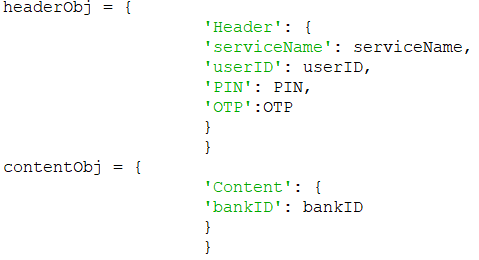

The default value is 'r' for reading a text file. This is the optional string that specifies the mode in which a file will be opened. This parameter value gives the pathname (absolute or relative to the current working directory) of the file to be opened. Let us see the parameters we can pass to the open() function to enhance the file operation. It return the file object which we can sue to read or write to a file. Syntax of the file open() function open(file, mode='r', buffering=-1, encoding=None, errors=None, newline=None, closefd=True, opener=None) We can open a file using the built-in function open(). We don’t have to import any module for that. Python provides a set of inbuilt functions available in the interpreter, and it is always available. try:įp = open(r'E:\PYnative\reports\samples.txt', 'r') Use except block to specify the action to be taken when the specified file is not present. We can handle the file not found error inside the try-except block. Output FileNotFoundError: No such file or directory: 'E:\demos\files\reports.txt' fp = open(r'E:\demos\files\reports.txt', 'r') In case we are trying to open a file that is not present in the mentioned path then we will get a FileNotFoundError. Print("Please check the path.") Handling the FileNotFoundError In the relative path, it will look for a file into the directory where this script is running. This is a sample.txt Opening a File with Relative PathĪ relative path is a path that starts with the working directory or the current directory and then will start looking for the file from that directory to the file name.įor example, reports/sample.txt is a relative path. # fp = open(r"/Users/myfiles/sample.txt", "r") Sample text file # Opening the file with absolute pathįp = open(r'E:\demos\files\sample.txt', 'r') It includes the complete directory list required to locate the file. In this example, we are opening a file using the absolute Path.Īn absolute path contains the entire path to the file or directory that we need to access. The following code shows how to open a text file for reading in Python. We need to make sure that the file will be closed properly after completing the file operation. If you have opened a file in a write mode, you can write or append text to the file using the write() method. You can also use readline(), and readlines() Next, read a file using the read() method. For example, to open and read: fp = open('sample.txt', 'r') Pass file path and access mode to the open() functionįp= open(r"File_Name", "Access_Mode").To open a file for writing, use the w mode. To open and read a file, use the r access mode. The access mode specifies the operation you wanted to perform on the file, such as reading or writing.

The path is the location of the file on the disk.Īn absolute path contains the complete directory list required to locate the file.Ī relative path contains the current directory and then the file name. We can open a file using both relative path and absolute path.

To open a file in Python, Please follow these steps: Open a file for updating (reading and writing).įile access mode Steps For Opening File in Python Open a file in the append mode and add new content at the end of the file.

If the file already exists, this operation fails. If a file already exists, it deletes all the existing contents and adds new content from the start of the file. in Python, the following are the different characters that we use for mentioning the file opening modes. The access mode parameter in the open() function primarily mentions the purpose of opening the file or the type of operation we are planning to do with the file after opening.


 0 kommentar(er)
0 kommentar(er)
